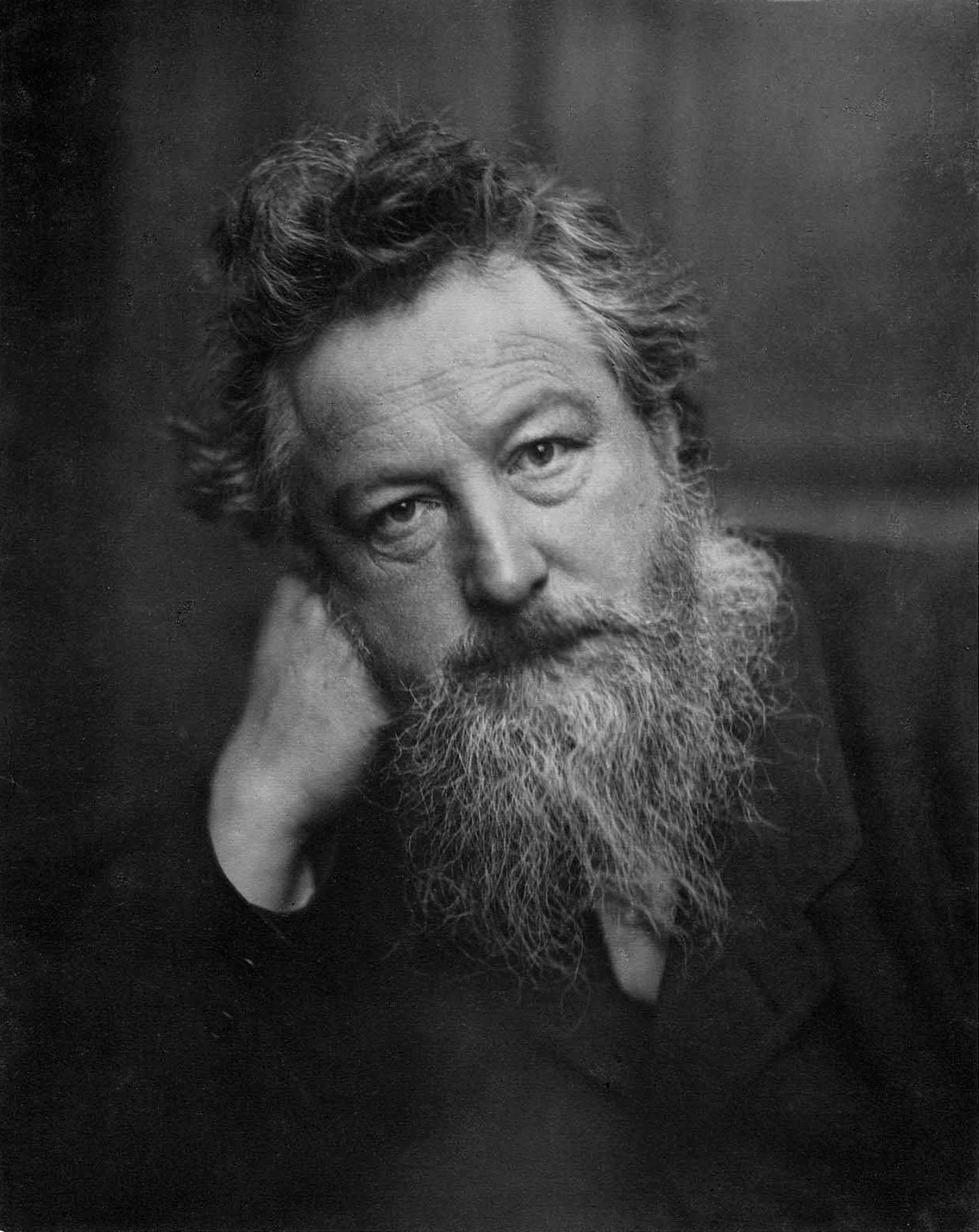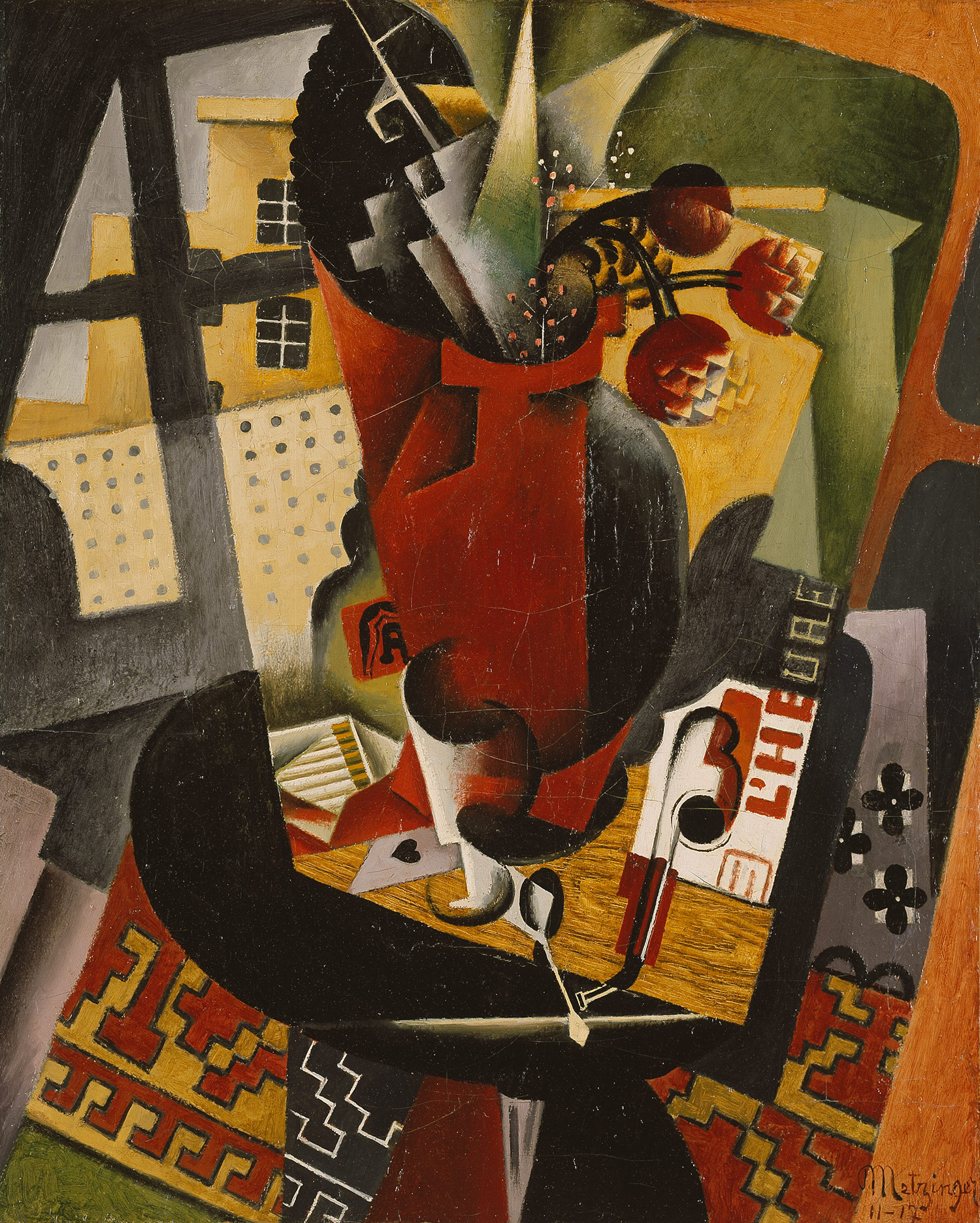Arts and Craft

The Arts and Crafts Movement (1850-1900) was a reaction against the Industrial Revolution. The development of the steam engine by James Watt in 1765 led to the mechanization of industry, agriculture and transportation and changed the life of the working man in Britain. The cities and towns grew to accommodate the expanding industries and the influx of workers from the countryside looking for employment. However, living standards gradually deteriorated and industrialization left people with a sense that their life had changed for the worst. Many had sacrificed a rural lifestyle 'in England's green and pleasant land' for the sake of a job in the 'dark Satanic mills' of the Industrial Revolution. As a result, they lost that feeling of security and belonging which comes from living in smaller communities.
The members of the Arts and Crafts Movement included artists, architects, designers, craftsmen and writers. They feared that industrialization was destroying the environment in which traditional skills and crafts could prosper, as machine production had taken the pride, skill and design out of the quality of goods being manufactured. They believed that hand crafted objects were superior to those made by machine and that the rural craftsman had a superior lifestyle to those who slaved in the urban mills and factories. They were convinced that the general decline of artistic standards brought on by industrialization was linked to the nation's social and moral decline.
William Morris (24 March 1834 – 3 October 1896)




Art Nouveau flourished between 1890 and 1910 and influenced all genres of art and design, from painting and illustration, to furniture and interior decoration, to architecture, fashion and jewelry. This style is characterized by:
• stylized, curving forms and asymmetrical lines
• floral, botanic and nature-based motifs
• an emphasis on decoration and an abandonment of traditional clarity
• the fusion of structure and ornament
• a deliberate break from 19th century historicism
Advertisement

Coca Cola Logo Designed in 1885
Relative to graphic design it was popular in book production and poster printing, although it was used by artists for a variety of other types of work including advertisements, magazines, labels and typography. The typography was so heavily ornate that it was not desirable for text faces but great for display work.

Art Deco
Table by a Window, November 1917
Jean Metzinger (French, 1883–1956)
Jean Metzinger (French, 1883–1956)
The cover of Vogue magazine, November 1926, by Guillermo Bolin
Chrysler Building
Design Style II: Art Deco
Art Deco dominated style in the 1920s and 30s and is closely linked with the influence of jazz. As its name implies, Art Deco had its genesis in the decorative arts.
Named In the 60s
Today, Art Deco makes frequent appearances in the world of logo design. Just look at the verticality, sunbursts, airbrush effects and typeface choices in the below three designs.
Logo for The Nautilus Napier hotel, by Mel Gardner; logos for Miami Aesthetic Surgery and Stone Art by GDS
The movie poster for Baz Luhrmann’s cinematic imagining of The Great Gatsby sports a very heavy Art Deco look.









No comments:
Post a Comment